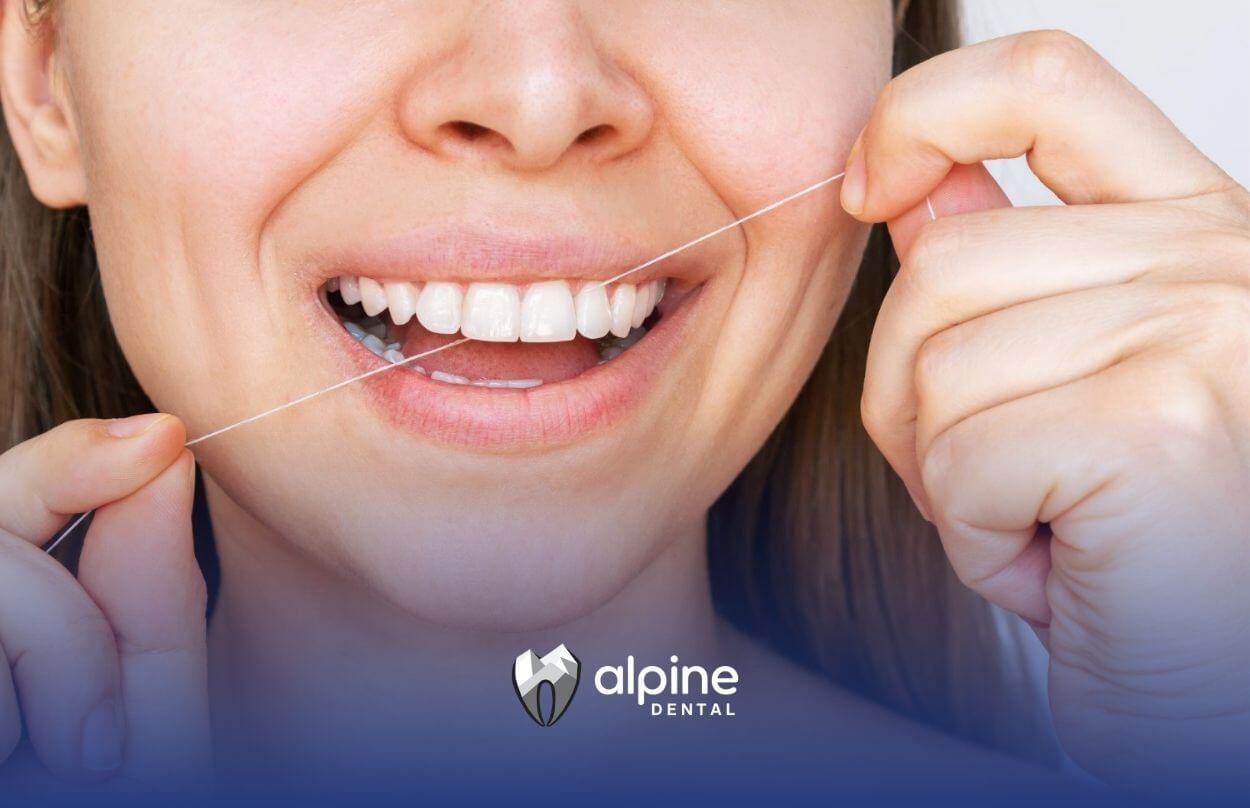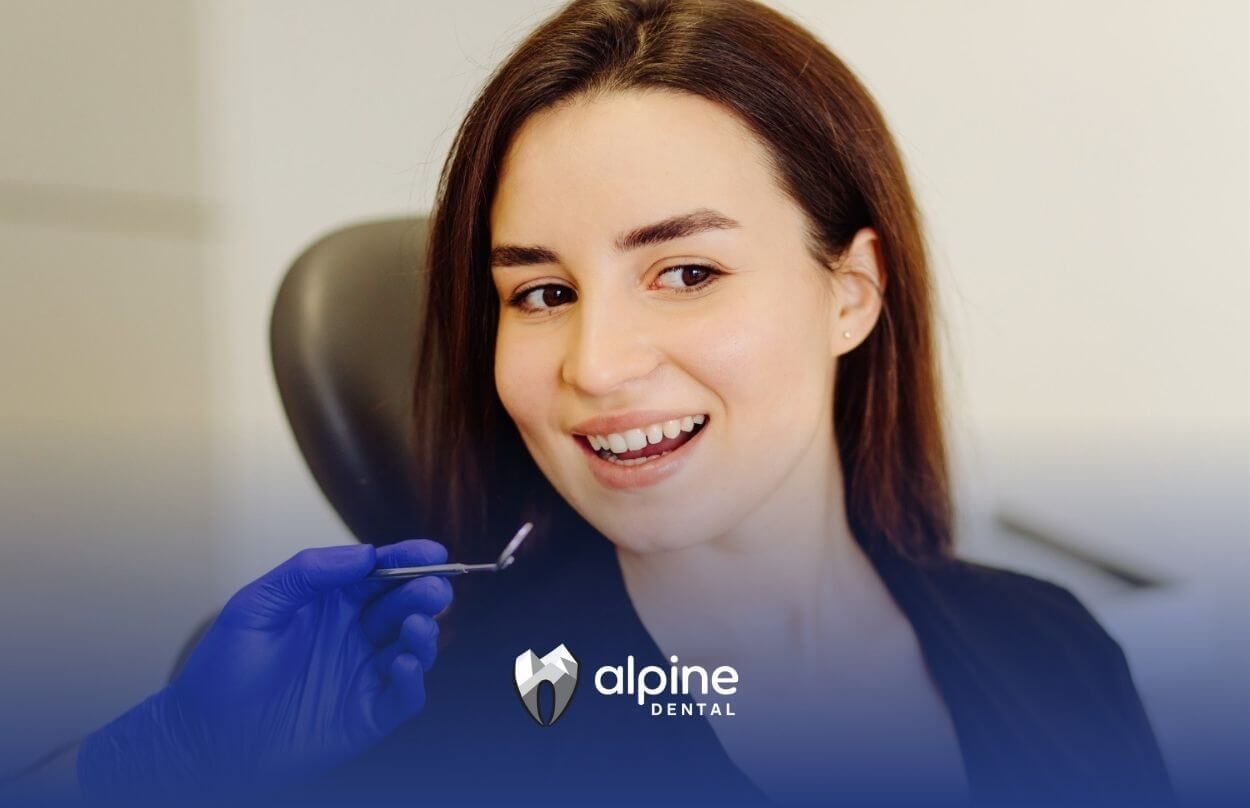Pediatric Dental Sealants: Keeping Kids Teeth Healthy and Strong
Understanding Pediatric Sealants
What Are Sealants
Dental sealants are thin protective coatings painted onto the chewing surfaces of molars and premolars. They form a smooth barrier that blocks plaque and food particles from settling into grooves and pits. Sealants typically consist of resin or glass ionomer materials that bond to enamel without the need for drilling or anesthesia.
How Sealants Work
Once applied, sealants fill in deep crevices on the tooth’s chewing surface. This makes brushing and flossing more effective by eliminating hard-to-reach areas where bacteria thrive. Studies show these thin coatings can prevent up to 80% of cavities for two years and continue to protect against 50% of decay for up to four years.
Who Needs Sealants
Children with newly erupted permanent molars and premolars are prime candidates for sealant application. Kids aged 6 to 14 experience the highest risk of decay in back teeth, and sealants offer targeted protection during these cavity-prone years. Adults with deep pits or grooves on their molars may also benefit from sealant coverage to reduce future treatment needs.
Benefits of Sealants
Cavity Prevention Rates
- Sealants can reduce the risk of cavity formation by 80% in the first two years.
- Protection remains around 50% for up to four years.
Cost Effectiveness
Each sealed tooth saves more than $11 in potential dental treatment costs by preventing fillings, crowns, or extractions. This makes sealants one of the most cost-effective preventive dental treatments available.
School Program Impact
School sealant programs target communities with limited access to dental care and help reduce missed school days due to dental visits. The CDC’s Division of Oral Health funds initiatives in 15 states and one U.S. territory to expand sealant delivery in rural and low-income schools, preventing cavities and improving oral health equity.
Sealant Application Process
Initial Dental Examination
A dentist or dental hygienist examines each back tooth for existing decay and assesses whether sealants are appropriate. Any cavities or fillings must be addressed before sealant placement.
Cleaning and Preparation
The tooth surface is cleaned and dried. A mild acid solution etches the enamel to create a slightly rough texture, improving sealant adhesion. After rinsing and drying again, the tooth is ready for coating.
Applying the Sealant
- The chosen sealant material, either resin or glass ionomer, is carefully painted onto the chewing surface.
- A curing light may be used for resin-based sealants to harden the coating within seconds.
- The process is painless and typically takes only a few minutes per tooth.
Final Inspection
Once the sealant sets, the clinician checks coverage, tests the patient’s bite, and polishes any excess material. Normal eating and drinking can resume immediately, though extremely hard or sticky foods should be enjoyed in moderation to avoid premature sealant wear.
Sealant Materials and Types
Glass Ionomer Sealants
Glass ionomer sealants release fluoride over time, offering additional protection against decay. They bond well in moist environments, making them useful for younger children or those with difficulty maintaining a dry field.
Resin Based Sealants
Resin-based sealants are made from plastic materials that bond strongly to enamel. They may come in tooth-colored or clear formulations, allowing easy monitoring of sealant integrity over time.
Material Comparison Table
| Sealant Type | Fluoride Release | Appearance | Ideal Use |
|---|---|---|---|
| Glass Ionomer | Yes | Opaque, white | High-risk patients, moisture issues |
| Resin Based | No | Clear or tinted | Long-term durability, aesthetic |
Recommended Sealant Timing
Primary Versus Permanent Teeth
Sealants are most effective on permanent molars that erupt around age 6 (first molars) and age 12 (second molars). In some cases, primary (baby) teeth with deep grooves may also receive sealants to protect space holders for adult teeth.
Ideal Age Ranges
- First permanent molars:
as soon as they erupt, around age 6.
- Second permanent molars:
around age 12.
- Primary teeth: when deep pits and fissures are present, typically from age 2 onward.
Community Sealant Programs
By applying sealants to nearly 7 million children in low-income households who lack coverage, more than 3 million cavities could be prevented and as much as $300 million saved in treatment costs. School-based initiatives play a key role in reaching these populations.
Maintaining Sealant Health
Sealant Lifespan and Care
Sealants can last from five to ten years depending on diet and oral habits. They may chip or wear over time and should be evaluated at every dental checkup to ensure full coverage.
Dental Checkups and Reapplication
Clinicians inspect sealants during routine exams and apply touch-ups or replacements as needed. Reapplying a worn sealant takes only a few minutes and restores full protection.
Protecting Sealants Daily
Potential Risks and Side Effects
Allergic Reactions
Allergic responses to sealant materials are rare. The American Dental Association reports no evidence of health risks from trace bisphenol A exposure in sealants.
Inappropriate Candidates
Sealants may not bond effectively on teeth with very shallow grooves or in patients who cannot remain still during application. In these cases, alternative preventive strategies, such as fluoride varnish, may be recommended.
Insurance and Cost Coverage
Most dental insurance plans, including Medicaid, cover sealant placement for children at no cost. For those without coverage, sealants typically cost $40 to $70 per tooth. Adults with decay-prone molars can often take advantage of the same preventive benefits.
Conclusion
Pediatric dental sealants provide a proven, affordable way to protect young smiles during the years when back teeth are most vulnerable to decay. With benefits that include up to 80% cavity prevention and significant cost savings, sealants should be a routine part of preventive care for children and at-risk adults. Dental teams in Lakewood, New Jersey and beyond can collaborate with parents to ensure timely application, regular monitoring, and proper maintenance. Scheduling a sealant evaluation at the next dental visit is a simple step toward stronger, healthier teeth for years to come.
Protect your child’s smile before cavities start. At Alpine Dental in Lakewood, NJ, we offer safe, effective pediatric dental sealants that help prevent tooth decay and reduce the need for future dental work. Whether you’re a parent planning your child’s first visit or just due for a check-up, we’re here to make preventive care simple and stress-free.
Book your child’s sealant consultation today because healthy habits start early.
Frequently Asked Questions
At what age should children get dental sealants?
Dental sealants are typically applied around ages 6 and 12, when the first and second permanent molars come in. Early application maximizes protection during the cavity-prone years.
How long do dental sealants last?
Sealants can last 5 to 10 years, but regular dental checkups are important to ensure they remain intact and effective.
Are sealants safe for kids?
Yes, dental sealants are considered safe and non-invasive, with no pain or drilling involved. They create a protective barrier that helps reduce the risk of decay by up to 80%.
SOURCES:
https://www.cdc.gov/oral-health/prevention/about-dental-sealants.html
https://www.humana.com/dental-insurance/dental-resources/dental-sealants
https://www.colgate.com/en-us/oral-health/sealants/are-there-dental-sealant-dangers
https://my.clevelandclinic.org/health/treatments/10912-sealants
https://www.nationwidechildrens.org/family-resources-education/700childrens/2017/02/dental-sealants-protecting-your-childrens-teeth




